Filter by

Black Acting Methods: Critical Approaches
Black Acting Methods seeks to offer alternatives to the Euro-American performance styles that many actors find themselves working with. A wealth of contributions from directors, scholars and actor trainers address afrocentric processes and aesthetics, and interviews with key figures in Black American theatre illuminate their methods. This ground-breaking collection is an essential resource fo…
- Edition
- -
- ISBN/ISSN
- 9781317441229
- Collation
- -
- Series Title
- -
- Call Number
- 790 BLA b
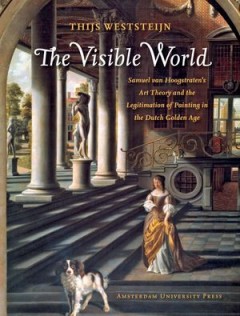
The Visible World
How did painters and their public speak about art in Rembrandt's age? This book about the writings of the painter-poet Samuel van Hoogstraten, one of Rembrandt's pupils, examines a wide variety of themes from painting practice and theory from the Dutch Golden Age. It addresses the contested issue of 'Dutch realism' and its hidden symbolism, as well as Rembrandt's concern with representing emoti…
- Edition
- -
- ISBN/ISSN
- 9789089640277
- Collation
- -
- Series Title
- -
- Call Number
- 750 WES w
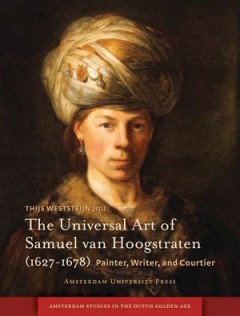
The Universal Art of Samuel van Hoogstraten (1627-1678)
The one connecting factor in the different chapters in this book is obviously Van Hoogstraten himself: there was a single personality – although our knowledge of it may be shifting with each new historiographical focus – that linked art, literature, and scholarship during a foundational era of Dutch cultural history. Even though getting to know the ‘real’ Samuel van Hoogstraten may be b…
- Edition
- -
- ISBN/ISSN
- 9789089645234
- Collation
- -
- Series Title
- -
- Call Number
- 701 WES u
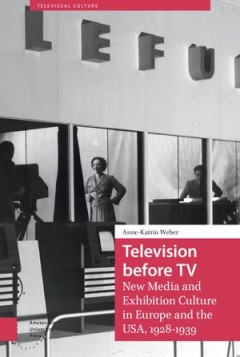
Television before TV: New Media and Exhibition Culture in Europe and the USA,…
Television before TV rethinks the history of interwar television by exploring the medium’s numerous demonstrations organized at national fairs and international exhibitions in the late 1920s and 1930s. Building upon extensive archival research in Britain, Germany, and the United States, Anne-Katrin Weber analyses the sites where the new medium met its first audiences. She argues that public d…
- Edition
- -
- ISBN/ISSN
- 9789048544813
- Collation
- -
- Series Title
- -
- Call Number
- 791.45 WEB t

Un/Certain Futures - Rollen des Designs in gesellschaftlichen Transformations…
Welche Rolle spielt Design in gesellschaftlichen Transformationsprozessen? Können Zukünfte und soziale Wirklichkeiten nachhaltig gestaltet werden - oder handelt es sich bei den Wirkungen gestalterischer Eingriffe um mehr oder weniger zufällige Reaktionen eigensinnig evolvierender sozialer Systeme auf gut gemeinte Interventionen?
- Edition
- 1
- ISBN/ISSN
- 9783839443323
- Collation
- -
- Series Title
- -
- Call Number
- 745.2
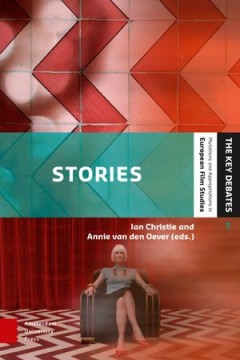
Stories: Screen Narrative in the Digital Era
Stories are perceived as central to modern life. Not only in narrative entertainment media, such as television, cinema, theater, but also in social media. Telling/having "a story" is widely deemed essential, in business as well as in social life. Does this mark an intensification of what has always been part of human cultures; or has the realm of "story" expanded to dominate twenty-first centur…
- Edition
- -
- ISBN/ISSN
- 9789048537082
- Collation
- -
- Series Title
- -
- Call Number
- 808.02 STO s
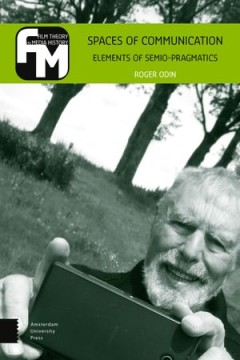
Spaces of Communication: Elements of Semio-Pragmatics
Semio-pragmatics, an approach to the study of film and audiovisual media first proposed by Roger Odin in the early 1980s, shifted the focus from textual analysis to the interaction of text and context and to the institutional modes of framing and reading which shape the viewer’s engagement with the film. A response to an impasse in post-1968 film semiotics and psychoanalytical approaches to f…
- Edition
- -
- ISBN/ISSN
- 9789048538669
- Collation
- -
- Series Title
- -
- Call Number
- 791.43 ODI s
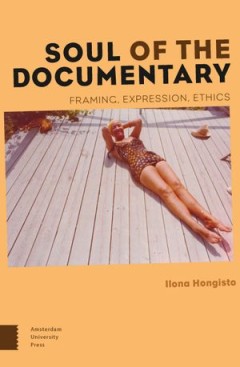
Soul of the Documentary: Framing, Expression, Ethics
Soul of the Documentary offers a groundbreaking new approach to documentary cinema.Ilona Hongisto stirs current thinking by suggesting that the work of documentary films is not reducible to representing what already exists. By closely reading a diverse body of films—fromThe Last BolsheviktoGrey Gardens—Hongisto shows how documentary cinema intervenes in the real by framing it and creatively…
- Edition
- -
- ISBN/ISSN
- 9789048525294
- Collation
- -
- Series Title
- -
- Call Number
- 791.43 HON s
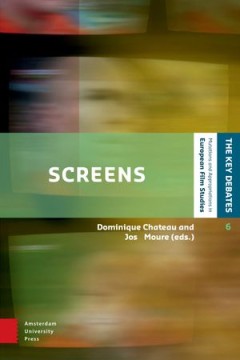
Screens
We live in an era of screens. No longer just the place where we view movies, or watch TV at night, screens are now ubiquitous, the source of the majority of information we consume daily, and a crucial component of our basic interactions with colleagues, friends, and family. This transformation has happened almost without us realizing it-and certainly without the full theoretical and intellectua…
- Edition
- -
- ISBN/ISSN
- 9789048531691
- Collation
- -
- Series Title
- -
- Call Number
- 777 SCR s
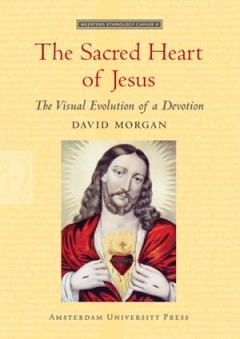
The Sacred Heart of Jesus
Devotion to the Sacred Heart of Jesus has been controversial from its beginning in the life of the French Visitationist nun Margaret Mary Alacoque (1647-1690), who established the devotion after a series of mystical visions of Christ. Under the leadership of Sister Sophie Barat, founder of the Society of the Sacred Heart in 1800, the devotion was taken around the world in the course of the nine…
- Edition
- -
- ISBN/ISSN
- 9789089640192
- Collation
- -
- Series Title
- -
- Call Number
- 900 MOR s
 Computer Science, Information & General Works
Computer Science, Information & General Works  Philosophy & Psychology
Philosophy & Psychology  Religion
Religion  Social Sciences
Social Sciences  Language
Language  Pure Science
Pure Science  Applied Sciences
Applied Sciences  Art & Recreation
Art & Recreation  Literature
Literature  History & Geography
History & Geography